Congratulations if you picked up a pickleball paddle, put on inline skates for the first time since your teens, or went on a hot chick stroll in the last year - you participated in some of 2022's biggest fitness fads, and you probably have some good memories to show for it. But, as the year comes to a close, it's time to start thinking about what will move you in the future. Here are the top fitness trends for 2023, as predicted by experts, and everything you need to know about the exercises, recovery methods, training styles, and more you'll see.
As we step into 2023, the fitness world is witnessing an exciting surge of new trends that are revolutionizing the way we approach wellness. From immersive virtual workouts and gamified fitness experiences to a heightened focus on mental health integration within fitness routines, the year is shaping up to be a dynamic blend of technology and holistic well-being. Additionally, the rise of specialized training programs, including high-intensity interval training (HIIT) and functional fitness, continues to dominate the fitness landscape, catering to individuals seeking efficient and results-driven workouts. Furthermore, the emphasis on personalized nutrition plans and the integration of wearable technology for comprehensive health tracking is propelling individuals toward a more customized and data-informed fitness journey. With an increased awareness of the importance of sustainability, eco-conscious fitness options and outdoor workout experiences are also gaining traction, encouraging a deeper connection with nature while promoting physical well-being.
1. Virtual Reality Workouts
Virtual reality (VR) workouts will become more popular in 2023 as these high-tech headsets and devices become more accessible (the augmented reality and VR product and services industry is expected to grow to $80.6 billion by 2029, and Apple is rumored to be releasing a VR headset in 2023). Meanwhile, software companies keep adding new apps that make working out feel like a game, from slashing music to playing games with your body to slicing calories.
Virtual reality workouts provide an immersive and dynamic fitness experience, revolutionizing the way we engage with exercise. With the integration of VR technology, users can delve into interactive and realistic environments, making workouts more engaging and enjoyable. These workouts offer a diverse range of experiences, from virtual gym sessions to scenic outdoor runs and challenging adventure-based activities. Through the use of specialized VR equipment, users can track their movements and receive real-time feedback, enhancing their overall workout performance. Virtual reality workouts not only foster motivation and consistency in fitness routines but also present an innovative approach to addressing the monotony often associated with traditional exercise regimens. As this technology continues to evolve, it has the potential to redefine the future of fitness, promoting a more accessible and entertaining way to stay active and healthy.
Virtual reality workouts are revolutionizing the fitness industry by offering an immersive and engaging exercise experience from the comfort of one's home. By combining cutting-edge technology with dynamic workout routines, virtual reality workouts transport users to stimulating virtual environments, ranging from serene landscapes to high-energy fitness studios. Participants can enjoy interactive challenges, personalized training sessions, and real-time feedback, all designed to enhance motivation and maximize results. With the ability to track progress and customize workouts based on individual fitness levels and preferences, virtual reality workouts provide a convenient and effective way to stay active without the constraints of traditional gym settings. This innovative approach not only promotes physical well-being but also cultivates a sense of excitement and fun, making fitness more accessible and enjoyable for users of all ages and fitness levels.
2. Mobility Training
One of the greatest fitness trends for 2023 is putting even more focus on the importance of mobility training, in addition to all the many workout types that already make up a well-balanced fitness routine (think: strength training, cardio, and low-impact workouts). Your capacity to move a muscle or muscle group over a joint's range of motion safely will increase with mobility training. And being adaptable is just one aspect of it. Increasing your mobility benefits functional movement, injury prevention, pain reduction, and more. Mobility exercise is essential for ensuring that your joints are fully functional and that you can move without experiencing any pain because inactivity can increase the risk of accidents and muscle dysfunction.
Stretching is likewise positioned to experience significant growth in 2023, despite the fact that mobility and flexibility are completely different concepts (mobility refers to the ability to move a muscle or muscle group across a range of motion, whereas flexibility refers to the capacity of your connective tissues to temporarily lengthen). In fact, you may anticipate seeing a focus on post-workout recuperation in 2019 (via stretching, low-impact exercise, and yes, those high-tech massage guns). As an illustration, Pinterest searches for terms like "mobility stretches," "knee mobility exercises," and "hip mobility exercises" have increased.
Mobility training is a comprehensive approach to enhancing flexibility, stability, and overall physical mobility. Through a series of targeted exercises and movements, this training aims to improve joint range of motion, muscle strength, and functional movement patterns. By focusing on specific muscle groups and body mechanics, mobility training helps individuals increase their overall agility, balance, and coordination. This type of training is particularly beneficial for athletes, fitness enthusiasts, and individuals seeking to improve their overall physical performance and prevent injuries. With a structured program tailored to individual needs, mobility training can also aid in reducing muscle stiffness, alleviating joint pain, and enhancing overall body awareness, ultimately leading to improved quality of movement and enhanced overall well-being.
Mobility training is a crucial component of overall physical fitness. It focuses on enhancing an individual's range of motion, flexibility, and joint functionality. Through a combination of exercises and stretching routines, mobility training helps reduce the risk of injury, improves posture, and enhances athletic performance. Whether you're an athlete looking to optimize your agility or someone seeking relief from chronic pain, mobility training can be tailored to your specific needs. By targeting muscle imbalances and promoting better movement patterns, it not only increases physical capabilities but also enhances the quality of daily life. Incorporating mobility training into your fitness regimen can lead to improved strength, balance, and a greater sense of well-being, ensuring you move with grace and ease in every aspect of life.
3. Posture Workouts
More people are looking for exercises to enhance posture as they encounter the negative effects of weak postural muscles (think: tech neck, dowager's hump). Exercises for improving posture are the antidote to a WFH lifestyle because they develop and strengthen the muscles that support your spine and lumbopelvic hip complex (your lumbar spine, pelvis, and hips), which are essential to keeping you upright.
Posture workouts are specifically designed exercises aimed at improving overall posture and strengthening the muscles that support the spine and neck. By incorporating a series of targeted movements and stretches, these workouts aim to correct slouching, hunching, and other postural issues that often arise from prolonged periods of sitting or poor ergonomics. These exercises typically focus on enhancing core strength, flexibility, and muscle balance, which in turn can alleviate back pain and enhance overall body alignment. Through a combination of techniques such as yoga poses, resistance training, and stretching routines, posture workouts not only help in developing a more upright and confident stance but also contribute to better overall body mechanics and a reduced risk of musculoskeletal strain.
Posture workouts are a crucial component of maintaining a healthy and pain-free body. These exercises are specifically designed to target and improve the alignment of your spine and the overall posture of your body. By engaging in a regular regimen of posture workouts, you can alleviate the strain on your neck, shoulders, and lower back, which often results from poor posture habits. These exercises typically involve strengthening the core, back, and neck muscles, as well as stretching and flexibility routines to promote better posture. Not only do posture workouts contribute to a more confident and upright appearance, but they also help prevent long-term musculoskeletal issues. Incorporating these exercises into your daily routine can lead to better overall health and well-being. Whether you're sitting at a desk all day or just looking to stand taller and feel more comfortable, posture workouts are an excellent choice for anyone seeking to improve their posture and overall quality of life.
4. Primal Movement
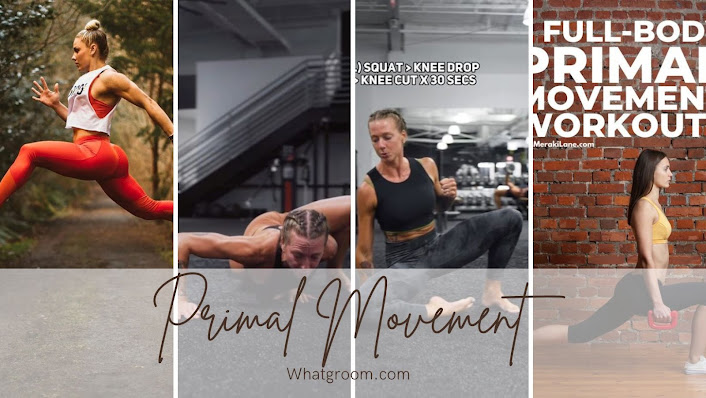
Primal movement refers to the motions that humans have been performing spontaneously for hundreds or even thousands of years, including crawling, lunging, reaching, pushing, and more. This is another of Pinterest's top 2023 fitness trends. Forget about difficult workouts that don't mimic actual movements; after all, when was the last time you saw someone perform a Turkish get-up? Consider primal movement as a subset of functional training, which involves teaching your body the movements required for daily life. Add squats, deadlifts, bear crawls, and farmer carries to your routines to join the trend, which is really more of a return to the fundamentals strategy than a passing fad.
Primal movement, rooted in our evolutionary history, emphasizes natural, functional exercises that mimic the fundamental movements of our ancestors. This fitness approach focuses on bodyweight exercises, such as crawling, jumping, and climbing, which enhance overall strength, flexibility, and coordination. By engaging in primal movements, individuals can improve their balance, agility, and overall physical resilience. The emphasis on multi-planar movements and full-body engagement encourages the development of a strong core and promotes better posture. Primal movement workouts often integrate elements of nature, encouraging practitioners to connect with their surroundings and develop a deeper appreciation for the environment. This holistic approach not only fosters physical fitness but also cultivates a deeper sense of well-being and a closer connection to our primal roots.
Primal movement, often referred to as primal fitness, is a fitness philosophy rooted in the fundamental human movements and behaviors that our ancestors relied on for survival. It emphasizes natural and functional exercises that mimic actions such as crawling, climbing, squatting, and lifting. This approach aims to reconnect individuals with their innate physical abilities, focusing on mobility, strength, and flexibility. Primal movement workouts encourage full-body engagement and balance, making them an excellent choice for overall fitness and well-being. By integrating these primal movements into your fitness routine, you can enhance your physical prowess, improve posture, and boost your body's resilience, all while tapping into a more primal and intuitive approach to exercise.
5. Standing Abs Workouts
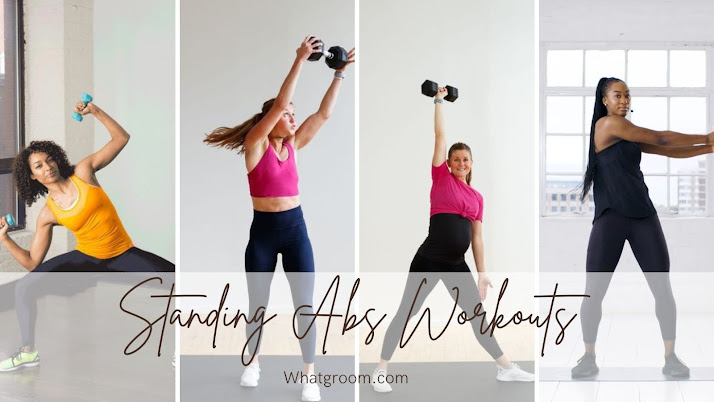
The most recent craze in ab exercises puts you on your feet, so keep your yoga mat folded up. It's not surprising that standing abs exercises are growing in popularity (just look at the #standingabs hashtag on TikTok, which has received more than 22.7 million views). After all, exercising your core while standing upright has advantages over the more common sit-ups and crunches. This includes, as previously stated by Shape, preventing injuries connected to improper balance, exercising more muscle groups (such as your glutes, lower back muscles, and even your upper body muscles), and correcting posture more efficiently than supine (lying face up) workouts. Dumbbells or kettlebells can be added to your core exercises to increase the difficulty. Additionally, those with larger chests may find it easier to perform standing core exercises. Try this standing abs workout to get a head start on this 2023 fitness trend.
Standing abs workouts offer a convenient and effective way to tone and strengthen your core muscles without needing to lie on the floor. These exercises, ranging from standing twists to side bends and trunk rotations, target the abdominal muscles while also engaging the stabilizing muscles of the back and hips. By incorporating standing ab exercises into your routine, you can improve your posture, balance, and overall functional strength. These workouts are especially beneficial for individuals with back issues or those seeking a more dynamic approach to core training. Add these exercises to your fitness regimen to enhance your core stability, promote better spinal alignment, and achieve a well-rounded, strong, and stable midsection.
Standing abs workouts are a highly effective way to strengthen your core muscles while maintaining an upright posture. These exercises target not only your abdominal muscles but also engage your entire core, including the obliques and lower back. By incorporating standing exercises into your routine, you can improve your balance, stability, and posture. These workouts often include movements such as standing leg lifts, torso twists, and knee-to-elbow raises, which help tone your midsection and enhance core stability. Additionally, standing ab exercises are convenient, as they can be performed almost anywhere, requiring no special equipment. Whether you're looking to sculpt your abs, improve your overall core strength, or add variety to your fitness routine, standing abs workouts are an excellent choice for achieving your fitness goals.
6. Exercise as a Mental Health Tool
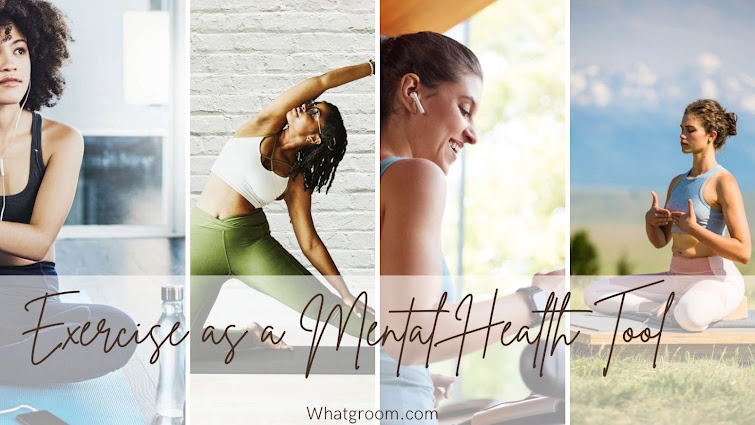
To put it gently, the past few years have been challenging, so it's become crucial to identify strategies for giving mental health and self-care top priority. Even if relaxing with a facial or taking a bubble bath counts as rest and recuperation, more and more people are choosing exercise as a means to safeguard and improve their mental health. Exercise has been shown to increase mood, ease anxiety and depression, enhance sleep, and even enhance brain function. But even without considering the exercise's well-documented physical advantages, you'll still find people utilizing it as a means to socialize, relax, pursue personal objectives, and gain confidence in the coming year. All of these activities are essential for preserving mental health.
Exercise serves as an essential tool for promoting mental well-being, offering a holistic approach to enhancing emotional and psychological health. Engaging in physical activities triggers the release of endorphins, which act as natural mood lifters, effectively reducing stress, anxiety, and symptoms of depression. Additionally, exercise fosters a sense of accomplishment and self-confidence, cultivating a positive self-image and improved self-esteem. Furthermore, regular physical activity promotes better sleep patterns, leading to improved cognitive function and increased focus. Whether it's a brisk walk, a yoga session, or a full workout, incorporating exercise into one's routine can significantly contribute to a healthier mindset and a more resilient emotional state, ultimately leading to a better quality of life.
Exercise is not just about physical fitness; it's a powerful tool for enhancing mental health. Regular physical activity has been shown to reduce stress, anxiety, and depression while boosting mood and overall psychological well-being. Engaging in exercises like walking, jogging, yoga, or even dancing releases endorphins—our body's natural mood lifters. Additionally, exercise can improve sleep patterns, enhance self-esteem, and increase cognitive function. It provides a constructive outlet for managing stress and offers a sense of accomplishment, further contributing to a positive mindset. In an increasingly fast-paced world, integrating exercise into your routine is a proactive step toward nurturing mental health and achieving a harmonious balance between body and mind.
Conclusion:
As we step into 2023, the world of fitness continues to evolve with promising trends that cater to diverse preferences and lifestyles. Whether it's the integration of advanced technology, the rise of mindful workouts, or the emphasis on holistic well-being, the fitness landscape is vibrant and adaptive. With a focus on inclusivity and personalization, these trends signal a positive shift in the way we approach health and wellness, encouraging individuals to embark on their fitness journey with enthusiasm and purpose.
FAQs:
1. Are these fitness trends suitable for all age groups?
Yes, the highlighted trends in fitness for 2023 are designed to cater to various age groups and fitness levels, promoting inclusivity and accessibility.
2. How can I incorporate these trends into my current fitness regimen?
You can integrate these trends by exploring new workout classes, embracing technology-driven fitness tools, and adopting a holistic approach to wellness that aligns with your personal goals.
3. Are there any specific dietary recommendations associated with these fitness trends?
While some trends may emphasize specific dietary patterns, it's essential to consult a nutritionist or healthcare professional to develop a personalized diet plan that complements your fitness routine and overall health goals.
4. Can these fitness trends help with weight management and body toning?
Yes, many of these trends emphasize a comprehensive approach to fitness that can aid in weight management and body toning. Combined with a balanced diet, these trends can contribute to achieving your desired fitness goals.
5. How do these fitness trends contribute to overall well-being and mental health?
These trends prioritize a holistic approach to well-being, emphasizing the importance of mental health and self-care alongside physical fitness. By promoting mindfulness, stress reduction, and overall lifestyle improvements, they contribute to a more balanced and fulfilling life.

.jpg)
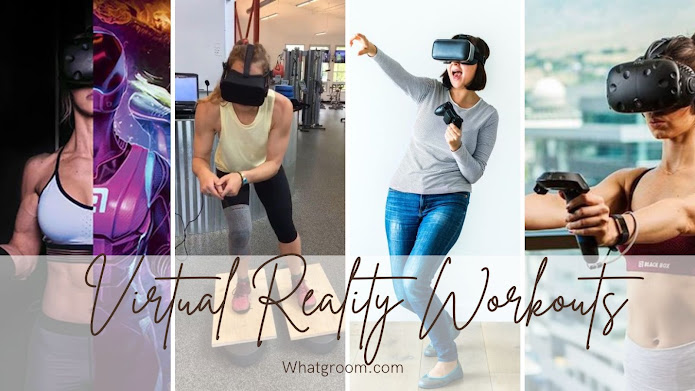
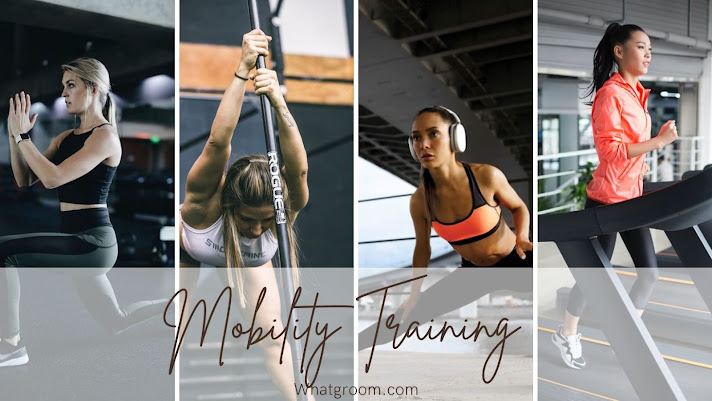
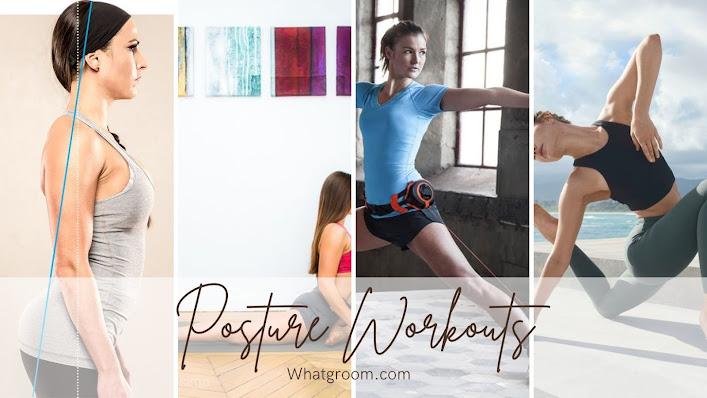





.jpg)

0 Comments